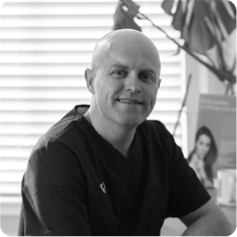References
Dermal fillers and biofilms: implications for aesthetic clinicians

Abstract
Biofilms have been linked to dermal filler complications. Gillian Murray and Dr Cormac Convery explain their role and what clinicians can do to identify biofilm, as well as how to manage and treat them


Biofilms pose a significant danger to the body's ability to treat infections. They are able to evade the immune system, tolerate antibiotics and withstand environmental stresses. These factors lead to the development of antibiotic resistance and chronic infection. Biofilms are colonies of bacteria that grow on the surface of medical implanted devices, such as dental implants, joint prosthetics, sutures, catheters and crosslinked hyaluronic acid dermal fillers (Costerton et al, 1999; de la Fuente-Núñez et al, 2013). The concept of biofilm is complex; however, in basic terms, bacteria can either exist in a free planktonic state or develop a communal lifestyle, known as a biofilm. In the latter state, they orchestrate the production of a variety of chemicals, including adhesins and extracellular polymeric substances, that link and encase the bacteria. This cell-to-cell connecting structure is beneficial for bacterial survival. It helps them to communicate, attach to surfaces and, perhaps most importantly, provides a mechanism for resistance to antimicrobial agents (Tolker-Nielson, 2015).
Register now to continue reading
Thank you for visiting Journal of Aesthetic Nurses and reading some of our peer-reviewed resources for aesthetic nurses. To read more, please register today. You’ll enjoy the following great benefits:
What's included
-
Limited access to clinical or professional articles
-
New content and clinical newsletter updates each month


